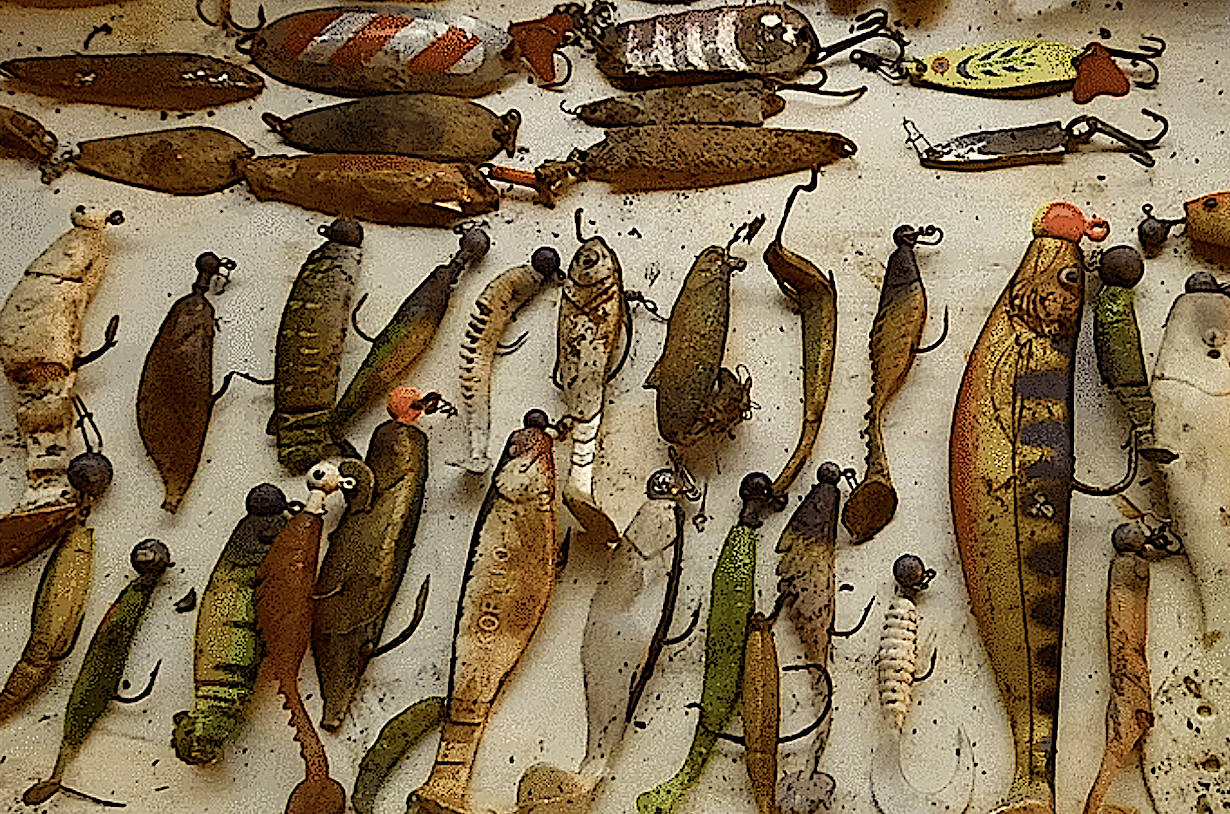A new study suggests how much “ghost gear” might be out there.
Research Need
Abandoned, lost, or discarded fishing gears are a source of pollution in both freshwater and saltwater environments worldwide. Research shows that this “ghost gear” can present multiple threats to plants and animals. For example, derelict gear can continue to fish and trap fish and other aquatic animals (“ghost fishing”).
However, research on the amount of ghost gear that actually exists is sparse.
“Magnet fishing” is a growing hobby worldwide that combines treasure hunting with environmental cleanup. A powerful magnet retrieves metal from the water, a method that also has potential to help locate ghost gear — and to estimate its prevalence in waterways.
What did they study?
Researchers from Hungary’s University of Debrecen, the Hungarian University of Agriculture and Life Sciences Change, and the HUN-REN Centre for Ecological Research analyzed posts from March 2016 to January 2023 in Facebook, Instagram, and Youtube groups dedicated specifically to magnet fishers sharing their catches.
The team categorized the post locations into flowing or standing bodies of water and the catch contents into six types of fishing gears: basic rod-and-reel parts, spinning rod setups, bottom bait feeding setups, nets, angling tools, and other gears. In total, the team identified and analyzed 2,889 posts.
What did they find?
Rivers contained more ghost gear than other bodies of water.
Types of gear tended to differ by water body type, with more basic gears in oxbow lakes and fishing ponds and more bottom gears in lakes. Spinning gears were more common in flowing waters than standing waters.
The team found ghost gear in 330 (11.4%) posts and an average of 6.1 pieces of ghost gear in the posts that contained any fishing gears at all. Including all scanned posts, the team found an average of 0.7 fishing gears in each.
Anything else?
The few hundred locations included in the study, which hardly account for Hungary’s over 870,000 registered anglers, produced over 2,000 ghost gears. This likely means possibly hundreds of thousands of ghost gears are lurking in Hungary’s waters.
So what?
Although the study took place in Hungary, it exemplifies how magnet fishing has potential as a tool to address the problem of abandoned, lost or discarded fishing gear. Furthermore, it reveals that searching for gear in some locations may prove more profitable than in others.
Reading
Neményi, Zsolt, et al. “Tracking abandoned, lost or discarded fishing gears of anglers by analyzing magnet fishers’ catch.” Hydrobiologia, vol. 851, no. 9, 25 Jan. 2024, pp. 2249–2260, https://doi.org/10.1007/s10750-023-05453-7.
lead image: Selected catch of a magnet fisher after having the twisters, spinners, spoons, groundbait feeders and weights from multiple catches separated and cleaned. Photo by Sándor Csekő, courtesy of the original study in Hydrobiologia via Open Access.
Open access funding provided by HUN-REN Centre for Ecological Research. This research was funded by National Research, Development and Innovation Office — NKFIH, OTKA under the Grant PD 138715. BAL was supported by János Bolyai Research Scholarship of the Hungarian Academy of Sciences and New National Excellence Programme of the Hungarian Ministry of Innovation and Technology. The research presented in the article was carried out with the support of the RRF 2.3.1.-21-2022-00014 National Multidisciplinary Laboratory for Climate Change Project.
The text from Hook, Line & Science is available to reprint and republish at no cost, but only in its entirety and with this attribution: Hook, Line & Science, courtesy of Scott Baker and Sara Mirabilio, North Carolina Sea Grant.

- Categories:




